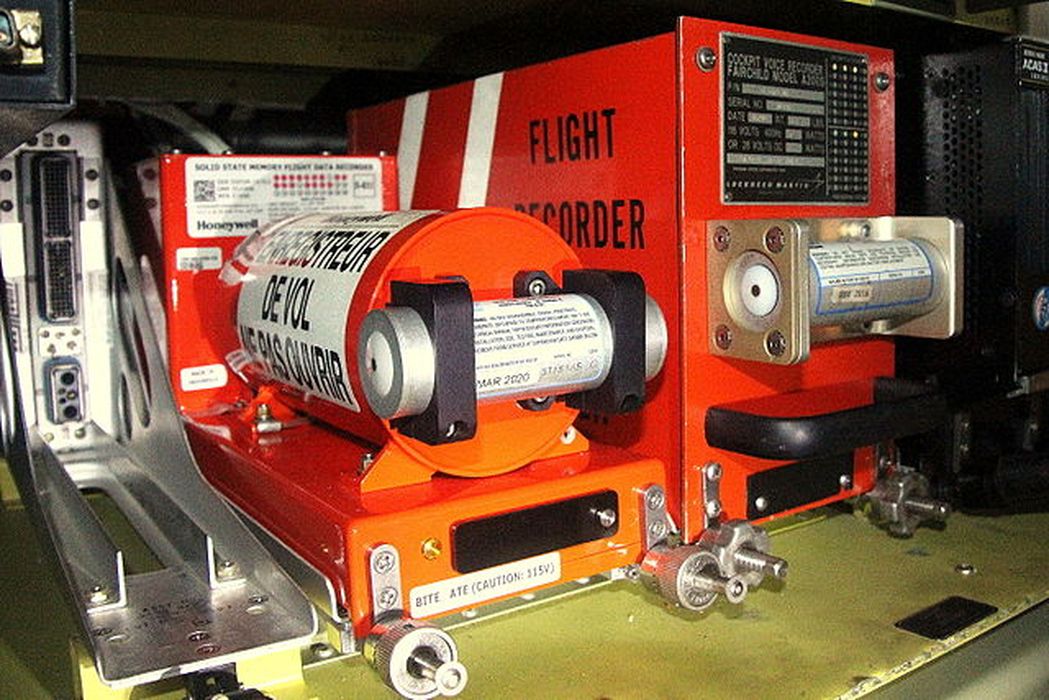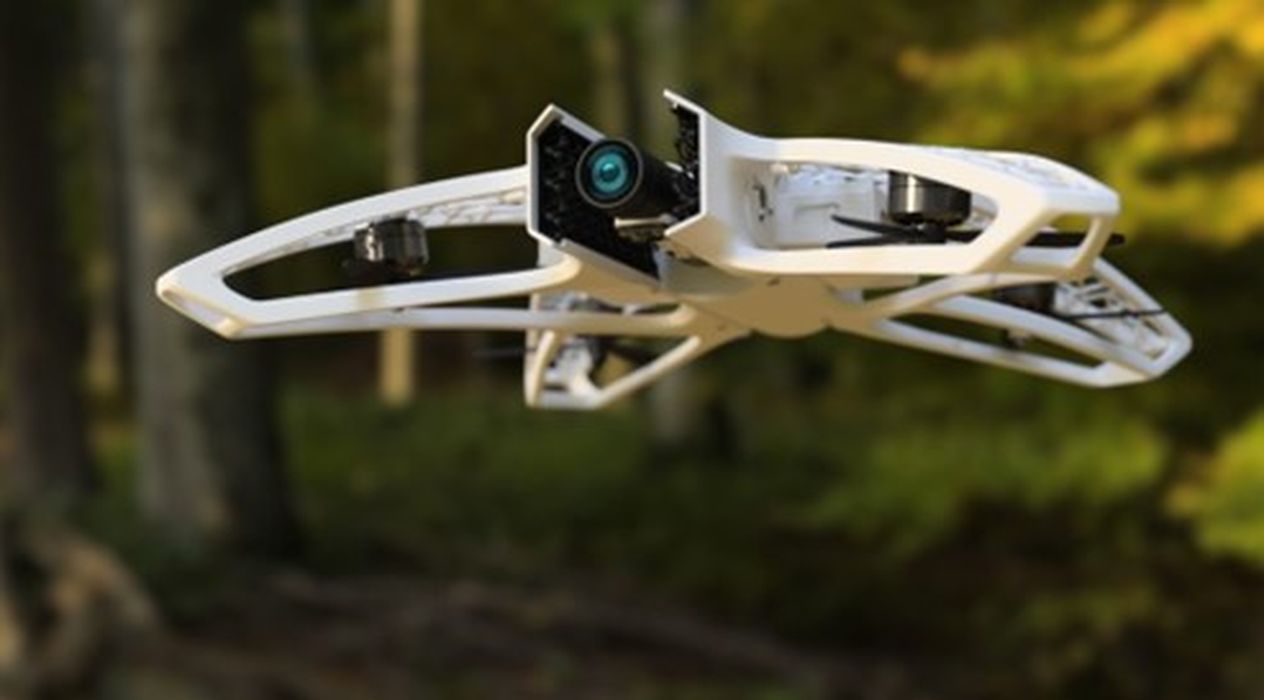
Charles R. Goulding and Preeti Sulibhavi take a deeper dive into how the current rise in geopolitical tensions has fueled Europe’s defense spending, opening new opportunities for dual-use technologies that bridge civilian and military innovations.
The European Commission recently issued a white paper examining ways to enhance support for research and development (R&D) involving technologies with dual-use potential, meaning they can have both civilian and defense applications.
The paper comes as Europe ramps up defense spending in response to Russia’s invasion of Ukraine and the new geopolitical landscape. NATO members had initially spent US$80 billion and have since pledged to meet the alliance’s 2% of GDP defense spending target, which is expected to unlock over $54 billion for European defense R&D. With this surge in funding, there is greater potential to leverage synergies and cross-utilization between civil and defense R&D.
The EU white paper outlines three main options:
Make incremental improvements to existing programs for civil and defense R&D under the current EU budget framework. This could involve better coordination between civil and defense research priorities and work programs, more systematic screening of project results for dual-use potential, and targeted “spin-in” and “spin-out” calls to transfer results between civil and defense spheres.
In selected parts of the next European Union R&D program after 2027, replace the current “exclusive focus” on civil applications with just a “focus” on civil applications. This would allow R&D on strategic emerging technologies with dual-use potential to be supported regardless of the end application. It could attract more industry players and encourage cross-utilization between civil and defense.
Create a dedicated EU R&D program specifically focused on dual-use technologies, with its own budget and rules. This would give dual-use R&D more visibility but risks added complexity.
Examples of promising dual-use technology areas cited in the white paper include:
Future generations of EU space systems, supporting defense, security, and environmental monitoring.
Autonomous vehicles like drones and unmanned marine and land vehicles, for defense and border control applications as well as civil infrastructure monitoring.
Other flagship “dual-use by design” projects meeting common EU interests
The autonomous systems category has taken on greater urgency given attacks in the Red Sea involving unmanned vessels. Dual-use projects can also involve ruggedized or containerized versions of civilian technologies tailored for military purposes.

South Africa, for example is using certain military technologies for civilian applications as well. On possible civilian applications for the underwater beacon locator (ULB) a South African (SA) spokesperson pointed out “any marketing and/or certification information of any system emanating from IMT can only be made public with approval from all relevant authorities having considered the security aspects.” This ULB, normally used by the SA military, can be used to detect cockpit voice & flight data recorders for crashed or ditched civilian aircrafts.

But, drones are already a prime example of successful civil-defense crossover, now vital for defense but also used commercially for deliveries, agriculture, inspection, and more. EU dual-use R&D could further propel Europe’s competitiveness in emerging technology spheres like autonomy, robotics, AI, and advanced materials.
The paper notes Europe has often struggled to capitalize on R&D breakthroughs, with innovations finding greater commercial success overseas. Smoothing the path from lab to market for dual-use technologies will require not just R&D funding but also production incentives and government procurement commitments.
The Research & Development Tax Credit
The now permanent Research & Development Tax Credit (R&D) Tax Credit is available for companies developing new or improved products, processes and/ or software.
3D printing can help boost a company’s R&D Tax Credits. Wages for technical employees creating, testing and revising 3D printed prototypes can be included as a percentage of eligible time spent for the R&D Tax Credit. Similarly, when used as a method of improving a process, time spent integrating 3D printing hardware and software counts as an eligible activity. Lastly, when used for modeling and preproduction, the costs of filaments consumed during the development process may also be recovered.
Whether it is used for creating and testing prototypes or for final production, 3D printing is a great indicator that R&D Credit-eligible activities are taking place. Companies implementing this technology at any point should consider taking advantage of R&D Tax Credits
Conclusion
Greater use of innovation procurement and pre-commercial procurements could drive uptake of new solutions for public sector infrastructure modernization in both civil and defense spheres. The EU seeks feedback on the options presented before making any policy changes. With defense priorities rising, the white paper launches a timely discussion on maximizing synergies between civil and defense R&D.

